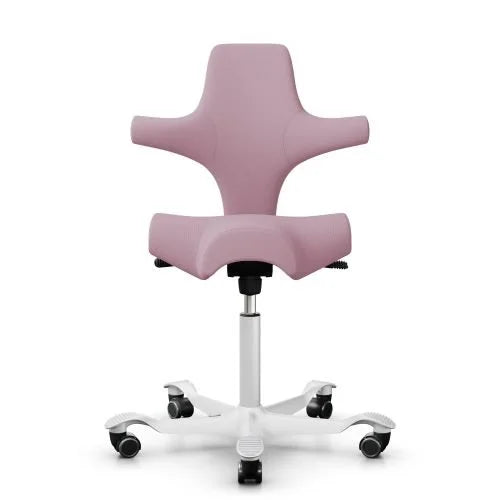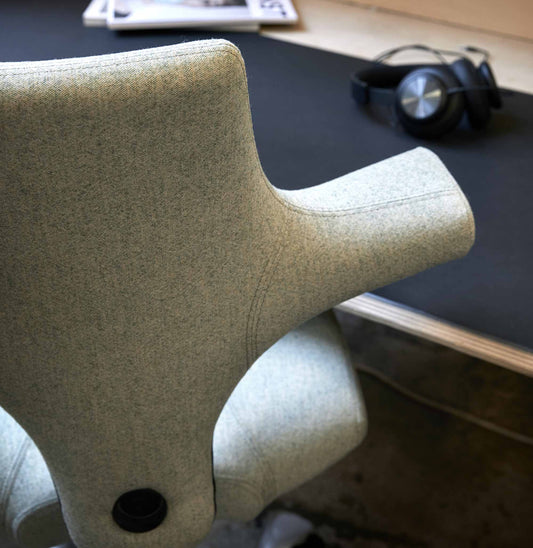In today's fast-paced world, where space is a precious commodity, homeowners are constantly seeking innovative ways to maximize the utility of their properties. Secondary living units have emerged as a popular solution, providing an opportunity to expand living space and add value to your home. In this article, we will explore the concept of secondary living units and delve into the various ways they can enhance your living experience.
What are Secondary Living Units?
Secondary living units, often referred to as accessory dwelling units (ADUs), backyard cottages, or granny flats, are self-contained living spaces that are separate from the primary residence. These units can be either attached to the main house, such as a basement apartment or an attic conversion, or they can be detached structures built within the property.
Benefits of Secondary Living Units
1. Increased Property Value
One of the primary advantages of incorporating a secondary living unit is the potential increase in property value. ADUs provide additional living space, which is a highly sought-after feature in the real estate market. The presence of a secondary living unit can attract potential buyers and make your property more appealing, ultimately leading to a higher selling price.
2. Additional Rental Income
Another significant benefit of secondary living units is the opportunity to generate additional rental income. By renting out the ADU, homeowners can supplement their monthly cash flow and offset mortgage payments or other expenses. This passive income stream can significantly contribute to long-term financial stability and help homeowners achieve their financial goals.
3. Multigenerational Living
Secondary living units offer a practical solution for multigenerational families seeking to live together while maintaining privacy and independence. Elderly parents or adult children can occupy the secondary unit, ensuring close proximity and support while still enjoying their own living space. This arrangement promotes family cohesion and provides a cost-effective alternative to purchasing a larger property.
4. Home Office or Studio Space
With the rise of remote work and entrepreneurship, having a dedicated home office or studio space has become crucial for many individuals. A secondary living unit can serve as a tranquil and functional workspace, separate from the distractions of the main house. Whether you require a quiet environment for creative endeavors or a professional setting for business-related activities, the versatility of a secondary living unit makes it an ideal solution.
Design Considerations for Secondary Living Units
When planning a secondary living unit, several design considerations must be taken into account. Here are some key factors to consider:
1. Functionality and Layout
The functionality and layout of the secondary living unit are crucial in optimizing the available space. Careful consideration should be given to the placement of rooms, ensuring efficient flow and ease of movement. It is essential to incorporate all necessary amenities, such as a kitchen, bathroom, living area, and sleeping quarters, in a well-thought-out manner to maximize comfort and convenience.
2. Architectural Harmony
To maintain the aesthetic appeal of your property, it is advisable to design the secondary living unit in harmony with the existing architecture. While it can have its distinct style, incorporating elements that complement the main house will create a cohesive and visually pleasing appearance.
3. Compliance with Building Codes and Permits
Before embarking on the construction of a secondary living unit, it is imperative to familiarize yourself with local building codes and regulations. Obtaining the necessary permits and adhering to safety guidelines will ensure a smooth and legally compliant construction process.
4. Energy Efficiency
Implementing energy-efficient features in the design of your secondary living unit not only benefits the environment but also reduces long-term operational costs. Consider incorporating insulation, energy-efficient appliances, and sustainable materials to create a comfortable living space that minimizes energy consumption.
Conclusion
Secondary living units offer a myriad of advantages, from increasing property value to providing additional rental income and accommodating multigenerational living. By carefully considering the design and functionality of these units, homeowners can unlock the full potential of their properties and create a more versatile and enjoyable living environment.








